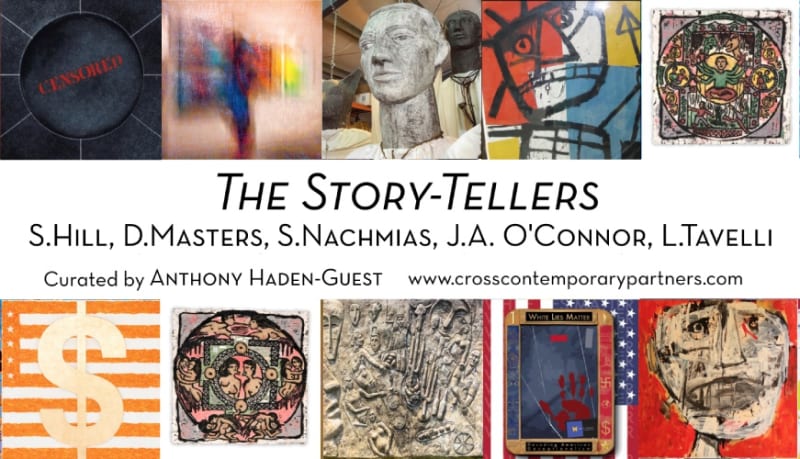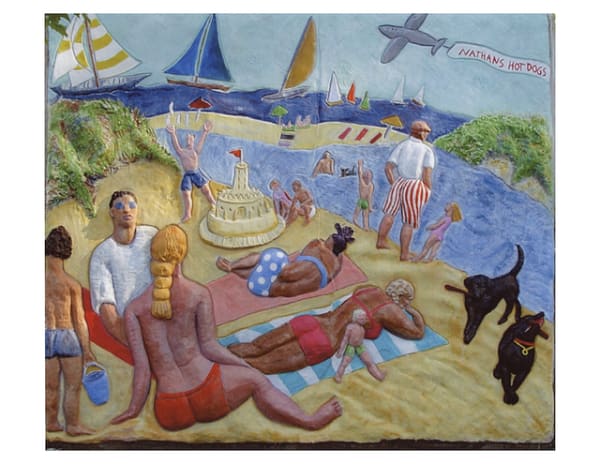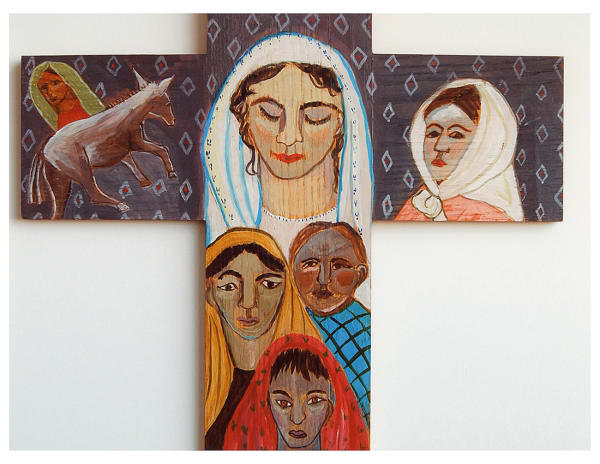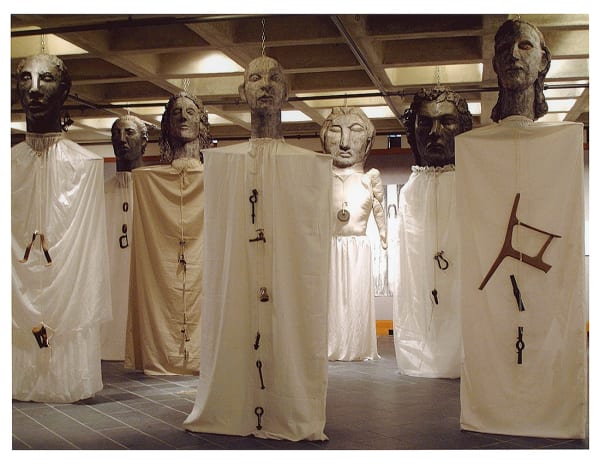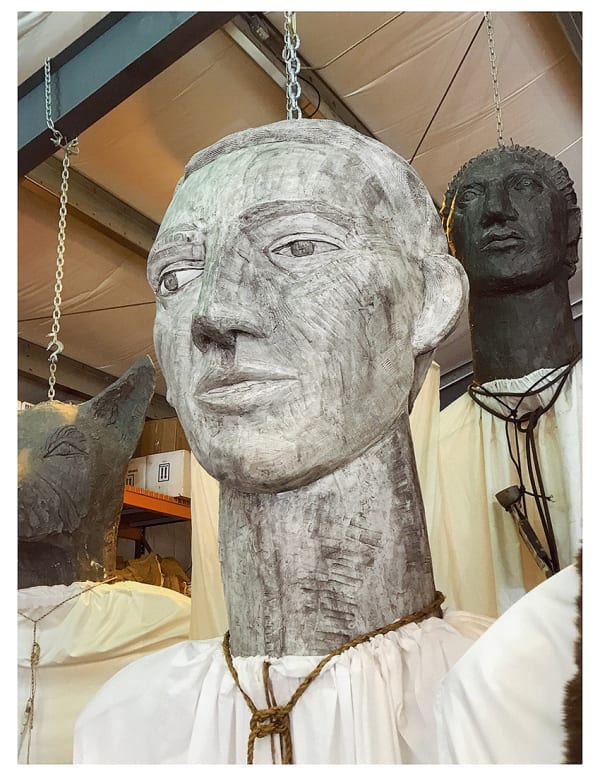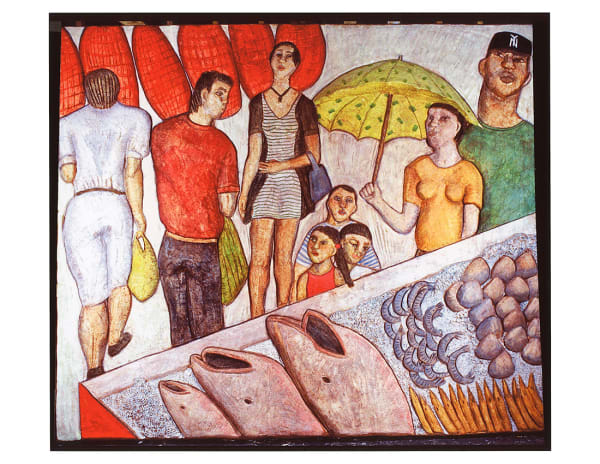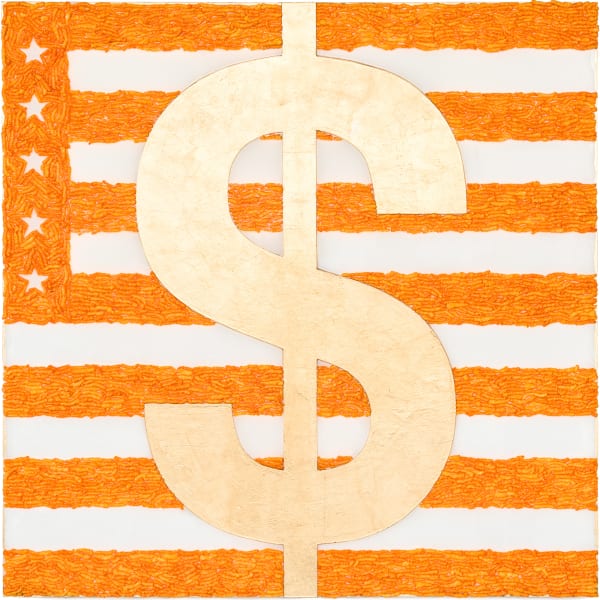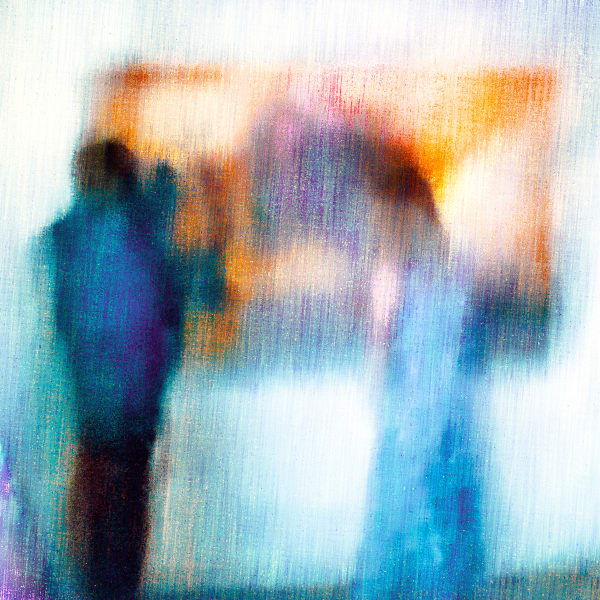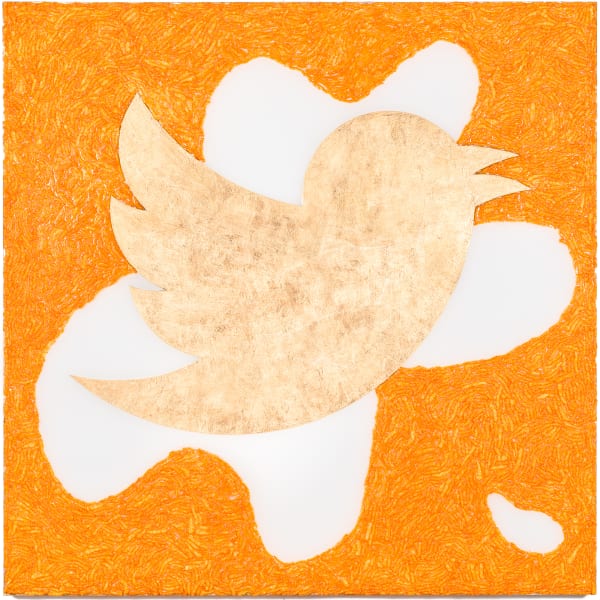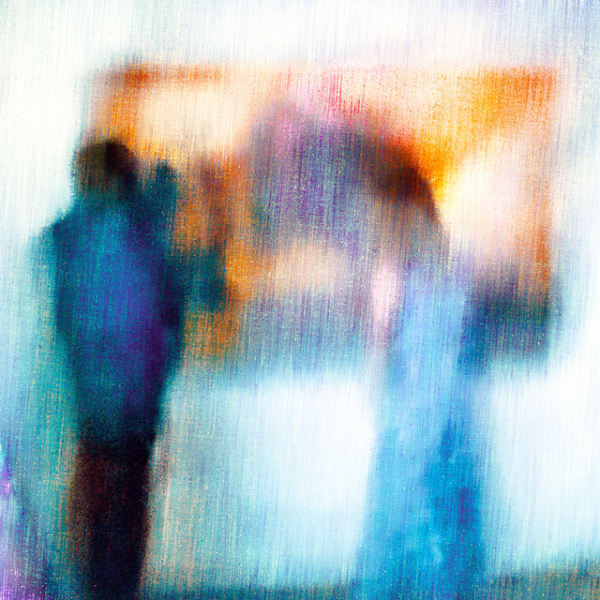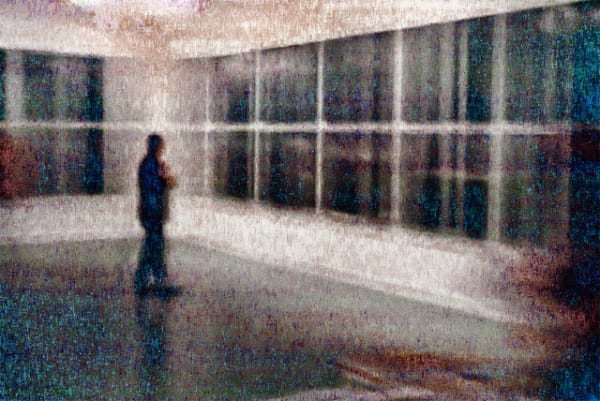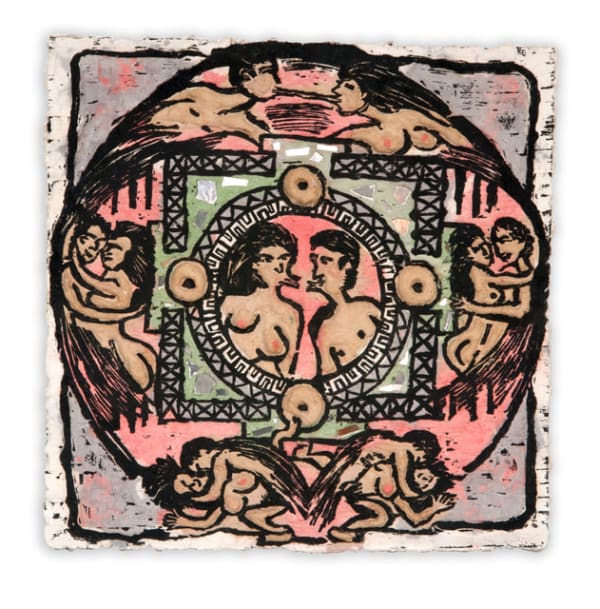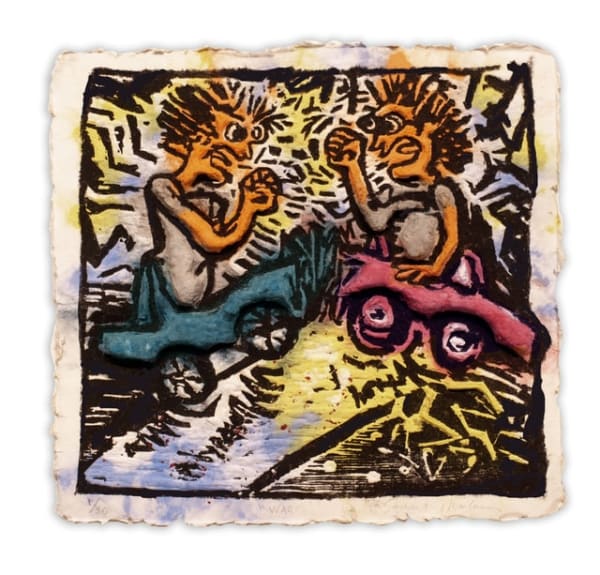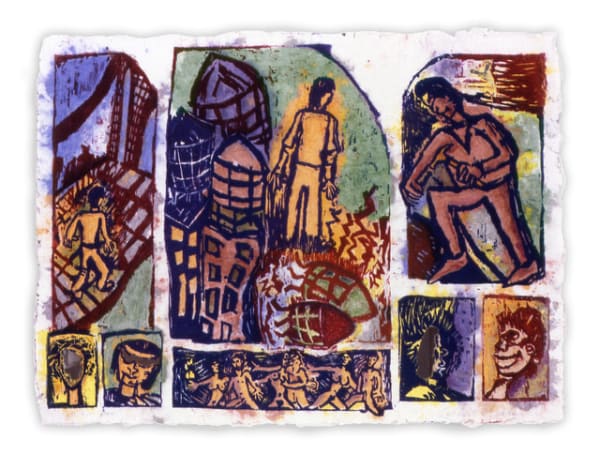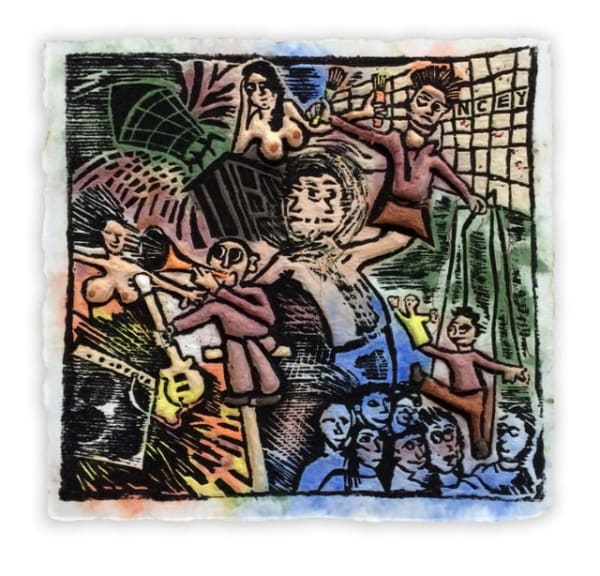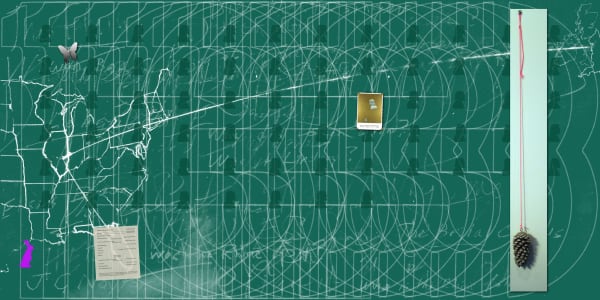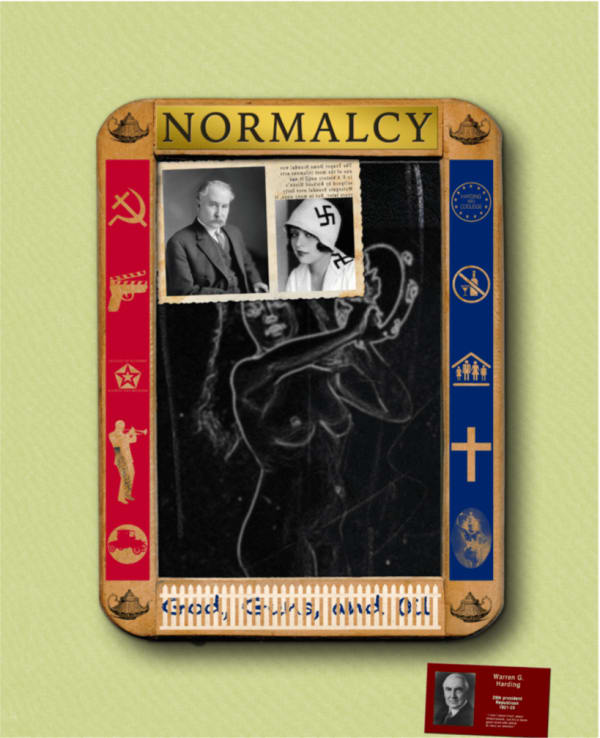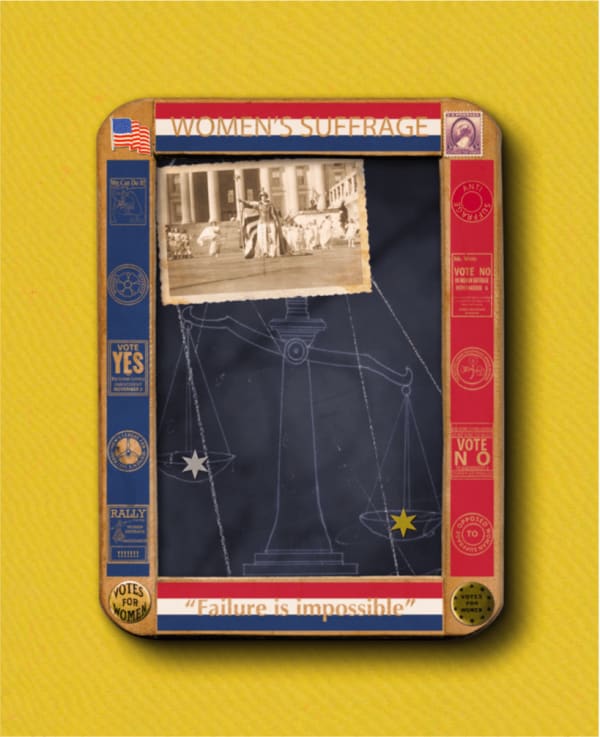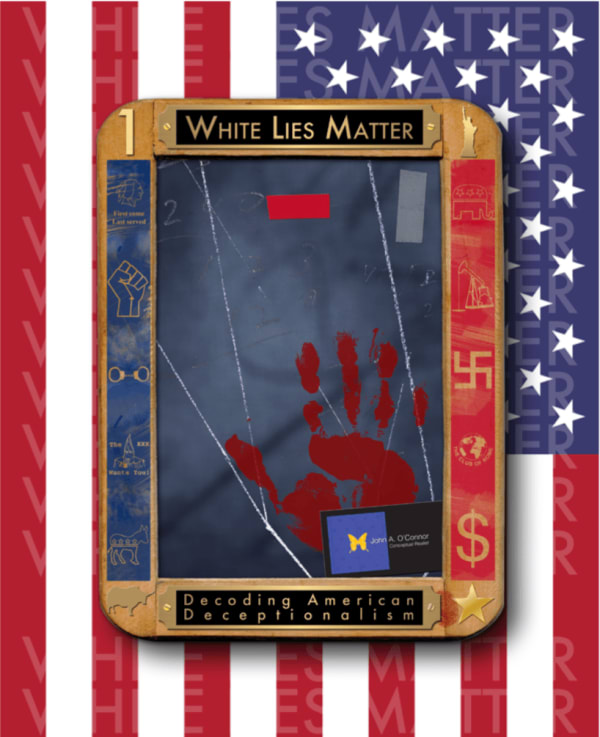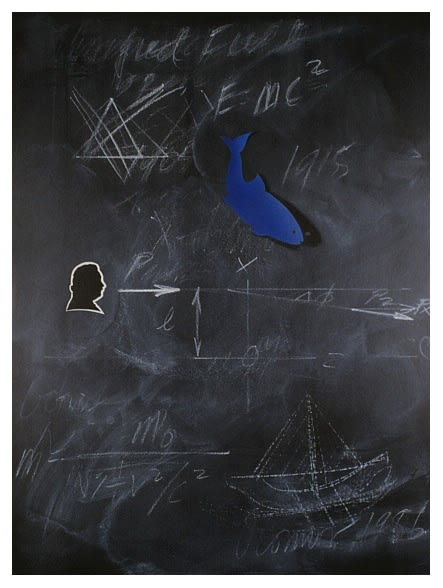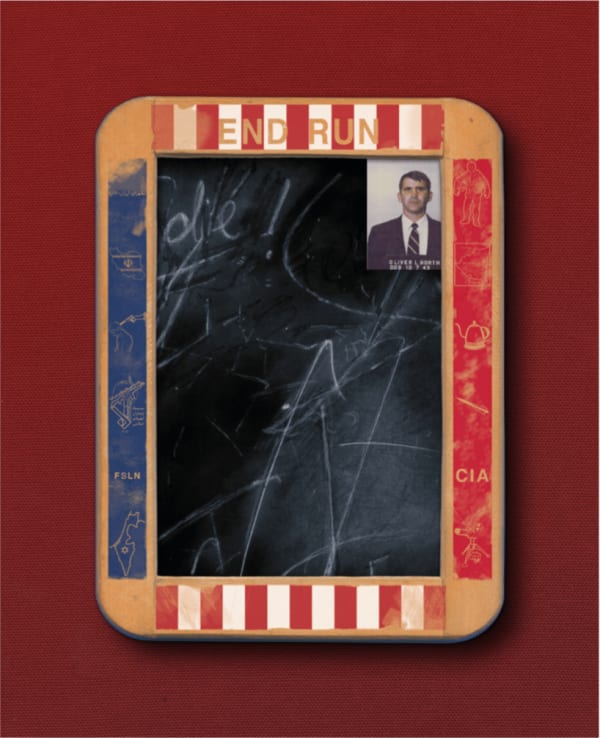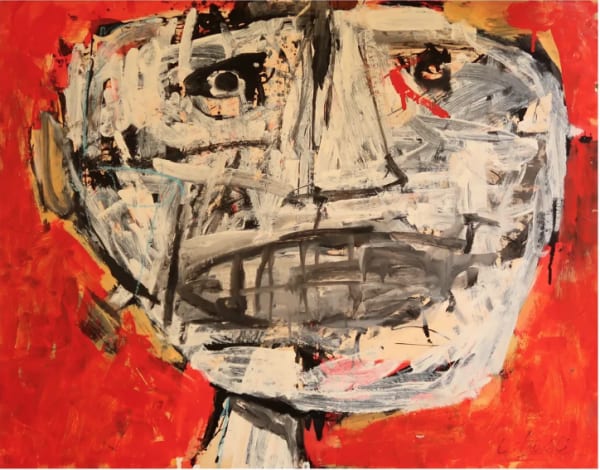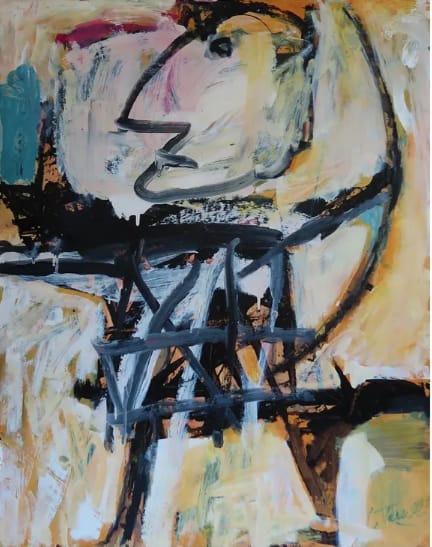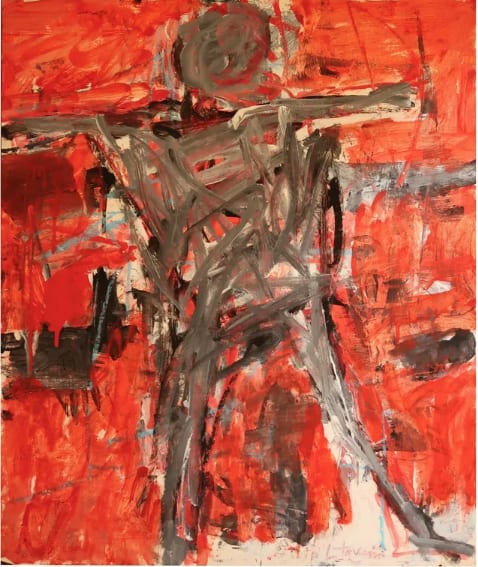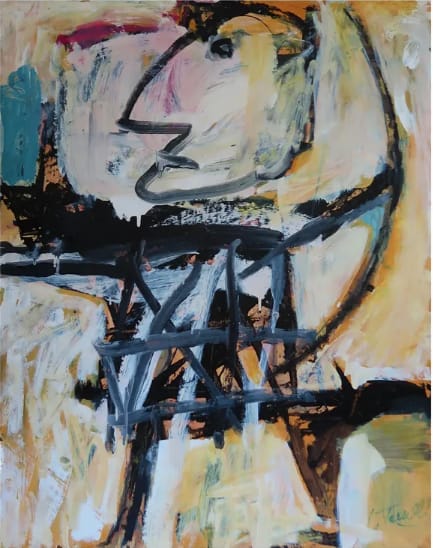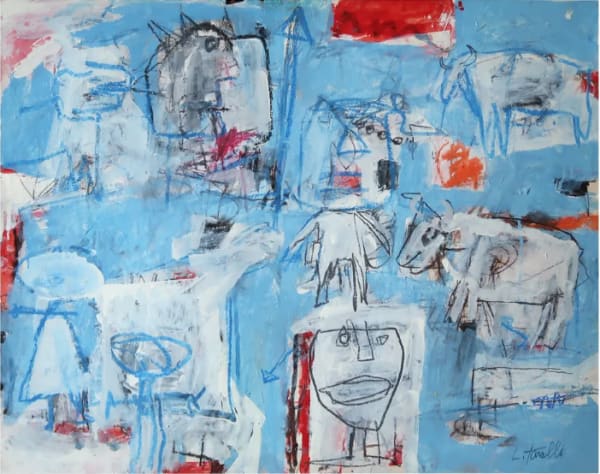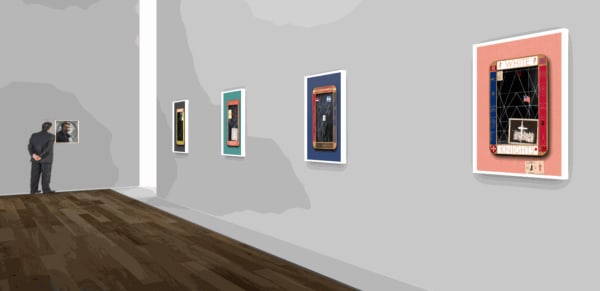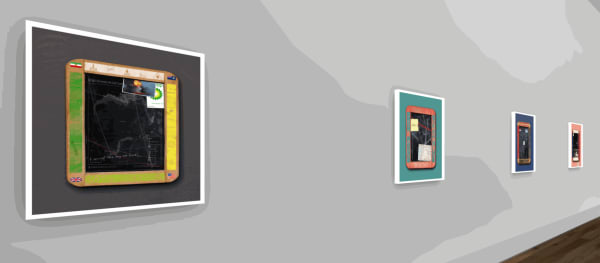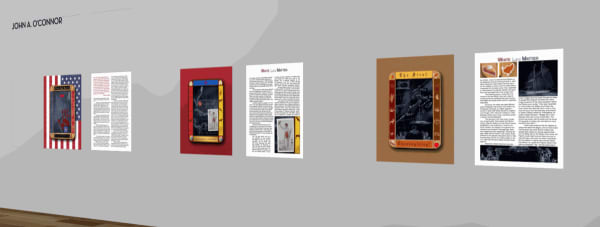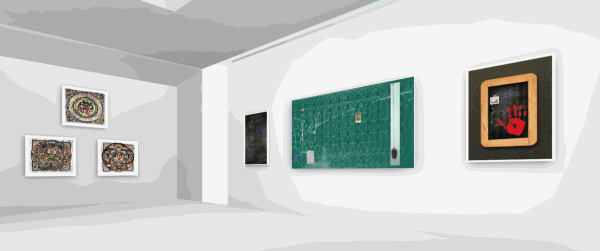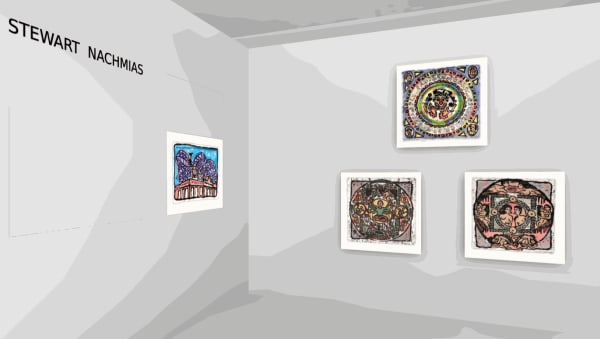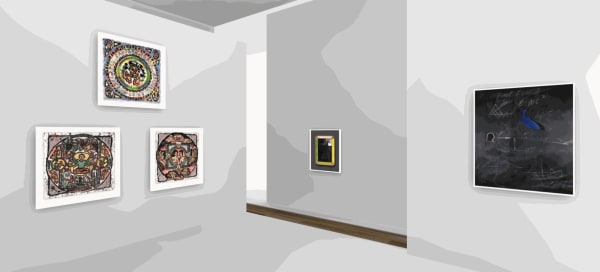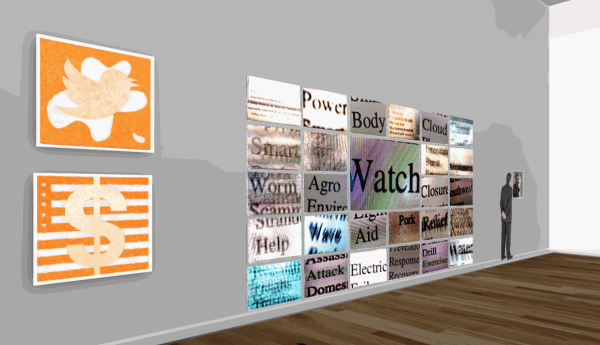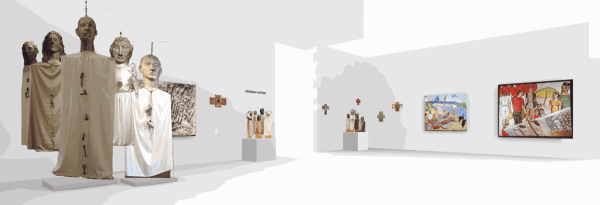THE STORY-TELLERS curated by Anthony Haden-Guest: SOL HILL, DEBORAH MASTERS, STEWART NACHMIAS, JOHN A.O'CONNOR & LOU TAVELLI
"From Lou Tavelli’s cave paintings of the original man to Sol Hill’s dissolving “metagraphs”, from Deborah Masters giant spirit sculptures to Stewart Nachmias’ narrative prints and finishing with John A. O’Connor’s "corrective curriculum" textbook, we find each artist exploring their own respective myths and tales."
--Anthony Haden-Guest
This group show is truly post-Post-Modernist in that no glue of theory connects these five artists, there's no Ism budding here, just the felt awareness that each artist is drawing from a well of meaning, using storytelling as a scaffold for their work. From Lou Tavelli’s cave paintings to Sol Hill’s dissolving “metagraphs”, from Deborah Masters giant spirit sculptures to Stewart Nachmias’ narrative prints and finishing with John A. O’Connor’s "corrective curriculum" textbook, we find each artist exploring their own respective myths and tales. It is a given that you, the viewer, are not required to decode the meanings, interpret the stories, but the work is the deeper for their presence.
Lou Tavelli, who died ten years ago aged 96, was both an Ab Ex artist and a professional musician, a violinist, and his painting clearly channeled his musical sensibility. He spent much of his adult life in Woodstock, where he was a friend and neighbour of Philip Guston, who had dropped out of AbEx to make the brutalist comic-strippy paintings that are now his most prized work. It is tempting to imagine that this might have had some effect on the development of Tavelli.
It was on a 1983 trip to Spain that Tavelli saw the cave paintings in Altamira. The impact was profound. Soon he was working on what he called his Indigenous Peoples Series. These paintings, such as the works called Hunters and Hunters and Prey, are at once raw and deft. Tavelli had clearly been absorbing the work of such graffiti stars as Haring and Basquiat, and his canvases show that he could devise and orchestrate glyphs, signs, pictograms with aplomb, but it's equally clear that his work doesn't exhale the air of the inner city. His Hunters don't belong on urban walls, they have the primal energy of the lifeforms painted by folk on cave walls 36,000 years ago. It's vibrant work.
Sol Hill is a live wire. When he borrows the dollar sign in America Should Be Run as a Business he doesn't do so with Pop irony, he hooks into it for raw energy. Which is what he is all about in the striking body of work that he calls "Metagraphs". These are the digital photographs, which he has exposed to not wholly predictable effects of a number of mostly natural forces, such as heat, cosmic rays, electromagnetic impulses, and a miscellany of others, effects which are not usually made visible to the human eye. So his work doesn't belong within the established triumvirate of photography - studio work, reportage, and "art" - but his images are not just accidents that work as art, as, say, ink blotches can, but skillful captures of real-life energies. Add that Hill is one of the handful of artists - Duchamp and Damien Hirst belong here, as do specific artworks like Andres Serrano's Piss Christ - whose titles feed into their work, and those of Hill are taken from overheard scraps of the remarks by gallery-goers about what's up on the walls. As, divertingly, here.
Many artists prefer to keep deeper meanings of their work to themselves, and some even like to mislead, OK, tell porky-pies, as when Warhol claimed that everything in his work was on the surface. Not so Deborah Masters. A figurative sculptor, Masters has used such materials as concrete, fabric, and porcelain. Her practices include wrapping a sculpture of a human body in a cloak as tight as a Roman toga, then topping it with the head of a dog and she will sometimes make pieces of exaggerated size, such as heads that are six feet high.
The effect though is neither Outsiderish nor Surreal. Masters is, as said, a figurative artist, and a highly skilled one but she is not just sculpting naturalistic forms. Elements of her work, like the size of the heads, the size of which is as crucial as it is in Tenniel's Alice illustrations, their sometimes ripe coloration, and those tubular, quasi-votive robes, COMBINE to make what I feel I SHOULD call presences, being figures who plainly have significance, and who reference issues, both geo-political - the climate, the multi-cultural- and intensely personal, such as the huge portrait bust of her father (Dionysis), who was killed before she was born, fighting in Korea.
Stewart Nachmias makes strong graphic work, which is at once observational, adventurous in its making, and which uses an element unusual in New York art - not in Europe - humor. His art material is pulp paper, which he molds into nuggets, drenches with intense color - paint or ink - and presses into a wooden surface into which he has already carved an image. The casts have a quasi-sculptural physicality and each takes a day to print and a week to dry. Are they editioned? Nope! "They are all one of a kind," Nachmias told me. "I always like to tell stories."
The stories are individual and quirky. Nachmias is also a professional musician, ventriloquist, and puppeteer, and his work channels a world of popular entertainment that looks all the richer in the rearview mirror for having been drained of energy by our contemporary culture of screens and memes. One image, Tornado Ride, shows the Coney Island attraction, two clown heads on the façade, alongside a Haunted House. The ride was destroyed by fire in 1977. In Mandala of The Puppeteer, a circular mandala encloses a holy figure with six arms, four of which are wielding glove puppets. Bridge Tanks And Dumbo is constructed like a multi-panel comics trip, with urban faces and hurrying bodies in side panels, and centers on a clump of those characteristic New York icons, water towers. These pieces are resonant with feeling, EACH AND EVERY ONE.
The blackboard - which is often, of course, green - is an appropriate medium for John O'Connor, an artist who is also a professor, so who has forever been surrounded by blackboards, and he makes it a thoroughly usable one. O'Connor calls the manner in which he has been making his blackboard paintings since 1985 Conceptual Realism. These are artworks that examine thought processes by accessing the physical evidence of their operation and uncovering rarefied beauties there. Writing in chalk, for instance, and the scrawling of symbols, somewhat smudged, as if by a teacher's sleeve's, so that elements of observation and real world experience in the real world, such as accident and a sense of time passing, are allowed to elbow their way into the abstractions of pure theory.
Individual blackboard paintings will moreover have relevant material - documents, photographs, stickers - stuck to the surface. These though are painted images which have not been brought off with painterly bravura but executed with a Dalinian hyperrealism, and so expertly that the looker really needs to focus. The Thirteenth Element is a biggie: A green board, featuring an abstract grid, a mauve rabbit sticker, a hanging pine-cone. Left Behind is a green board, which features red, white and blue post-its, and is centered upon a large drawing in yellow, a series of drawings rather, the topmost of which is a bell. On Einstein, a blackboard, we see E=MC2 scribbled, the smeary doodle of a boat, and the cut-out image of a blue shark. The cut-out is some distance from the surface, so there's a shadow. Well, that's an illusion, of course.
Good-looking and provocative.
Like this entire show.
---Anthony Haden-Guest, curator of The Story Tellers
-
 Deborah Masters, Far Rockaway Shore Scene- Walking New York, 2001
Deborah Masters, Far Rockaway Shore Scene- Walking New York, 2001 -
 Deborah Masters, Afgan Family Cross, 2006
Deborah Masters, Afgan Family Cross, 2006 -
 Deborah Masters, Big Spirits, 2012-2020
Deborah Masters, Big Spirits, 2012-2020 -
 Deborah Masters, Dionysis Spirit (detail), 2017
Deborah Masters, Dionysis Spirit (detail), 2017
-
 Deborah Masters, The Chinese Fish Market from Walking New York, 2001
Deborah Masters, The Chinese Fish Market from Walking New York, 2001 -
 Deborah Masters, The Cyclone - Coney Island Reliefs, 2001
Deborah Masters, The Cyclone - Coney Island Reliefs, 2001 -
 Sol Hill, America Should Be Run As A Business, 2018
Sol Hill, America Should Be Run As A Business, 2018 -
 Sol Hill, The Spectral Nature Of This Work Is Very Intriguing, 2018
Sol Hill, The Spectral Nature Of This Work Is Very Intriguing, 2018
-
 Sol Hill, The Yellow Is Very Nice, But What Is The Significance Of The Blue Thing?, 2018
Sol Hill, The Yellow Is Very Nice, But What Is The Significance Of The Blue Thing?, 2018 -
 Sol Hill, How Does He Do That? (1/3), 2019
Sol Hill, How Does He Do That? (1/3), 2019 -
 Sol Hill, Keywords and Search Terms, 2014
Sol Hill, Keywords and Search Terms, 2014 -
 Sol Hill, Modern Day Presidential
Sol Hill, Modern Day Presidential
-
 Sol Hill, The Equation (study), 2017
Sol Hill, The Equation (study), 2017 -
 Sol Hill, This One Has A Kind Of Vibrating Raw Energy, 2019
Sol Hill, This One Has A Kind Of Vibrating Raw Energy, 2019 -
 Sol Hill, How Does He Do That?, 2019
Sol Hill, How Does He Do That?, 2019 -
 Sol Hill, The Stark Contrast Of Her Work Is Quite Compelling, 2018
Sol Hill, The Stark Contrast Of Her Work Is Quite Compelling, 2018
-
 Sol Hill, This Is Clearly Derivative Work, 2019
Sol Hill, This Is Clearly Derivative Work, 2019 -
 Sol Hill, #Art #Love #Beautiful, 2019
Sol Hill, #Art #Love #Beautiful, 2019 -
 Sol Hill, I Really Resonate With This One (1/3), 2018
Sol Hill, I Really Resonate With This One (1/3), 2018 -
 Stewart Nachmias, Mandala for Love, 2020
Stewart Nachmias, Mandala for Love, 2020
-
 Stewart Nachmias, Mandala for the Clown, 2020
Stewart Nachmias, Mandala for the Clown, 2020 -
 Stewart Nachmias, Mandala for the Puppeteer, 2020
Stewart Nachmias, Mandala for the Puppeteer, 2020 -
 Stewart Nachmias, Tornado, 2020
Stewart Nachmias, Tornado, 2020 -
 Stewart Nachmias, War, 2020
Stewart Nachmias, War, 2020
-
 Stewart Nachmias, The Bridge, Tanks & Dumbo, 2020
Stewart Nachmias, The Bridge, Tanks & Dumbo, 2020 -
 Stewart Nachmias, Mind-Body Pollution, 2020
Stewart Nachmias, Mind-Body Pollution, 2020 -
 Stewart Nachmias, 48 Clowns, 2020
Stewart Nachmias, 48 Clowns, 2020 -
 Stewart Nachmias, All Hands Full, 2020
Stewart Nachmias, All Hands Full, 2020
-
 John A. O'Connor, The Thirteenth Element, 2013
John A. O'Connor, The Thirteenth Element, 2013 -
 John A. O'Connor, Normalcy, 2020
John A. O'Connor, Normalcy, 2020 -
 John A. O'Connor, Women's Suffrage "Failure Is Impossible", 2020
John A. O'Connor, Women's Suffrage "Failure Is Impossible", 2020 -
 John A. O'Connor, Internment, 2020
John A. O'Connor, Internment, 2020
-
 John A. O'Connor, Decoding American Deceptionalism, 2020
John A. O'Connor, Decoding American Deceptionalism, 2020 -
 John A. O'Connor, A Certain "T", 2020
John A. O'Connor, A Certain "T", 2020 -
 John A. O'Connor, Einstein, 1986
John A. O'Connor, Einstein, 1986 -
 John A. O'Connor, Columbus Discovered America, Right?, 2017
John A. O'Connor, Columbus Discovered America, Right?, 2017
-
 John A. O'Connor, End Run, 2020
John A. O'Connor, End Run, 2020 -
 Lou Tavelli, Head, 1980s
Lou Tavelli, Head, 1980s -
 Lou Tavelli, Head 01 , 1980s
Lou Tavelli, Head 01 , 1980s -
 Lou Tavelli, Head 02 , 1980s
Lou Tavelli, Head 02 , 1980s
-
 Lou Tavelli, Hunter 01 , 1980s
Lou Tavelli, Hunter 01 , 1980s -
 Lou Tavelli, Hunter 02 , 1980s
Lou Tavelli, Hunter 02 , 1980s -
 Lou Tavelli, Hunter 03 , 1980s
Lou Tavelli, Hunter 03 , 1980s -
 Lou Tavelli, Hunter 04 , 1980s
Lou Tavelli, Hunter 04 , 1980s
The Story-Tellers presents artists whose narrative style is an important feature of their work curated by the ultimate raconteur, Anthony Haden-Guest. Reminiscent of a volume of 5 short stories, The Story-Tellers highlights the archetypical as well as the contemporary lessons of today.
From Lou Tavelli's cave paintings of the original man to Sol Hill's dissolving "metagraphs", from Deborah Masters giant spirit sculptures to Stewart Nachmias' narrative prints and finishing with John A. O'Connor's "corrective curriculum" textbook, we find each artist exploring their own respective myths and tales. Visit this online exhibition with the illusion of 20 foot high ceilings and over 250 linear feet of gallery space and experience a new kind of narration.
